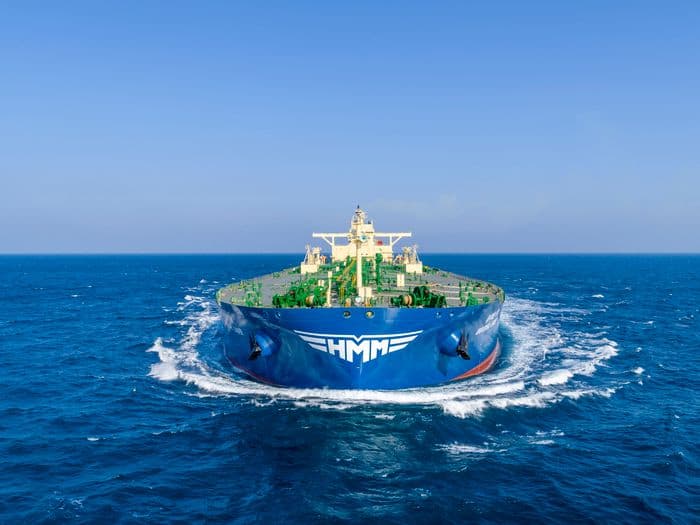Unlocking Resilience: Metsä Group's Strategic Path to Enduring Profitability
Metsä Group's bold €300M efficiency drive isn't just cost-cutting. Discover their strategic shift to strengthen core operations, ensuring resilience and future growth amidst global market shifts.
A Forest in Flux: Understanding the Economic Headwinds
The global forestry sector finds itself navigating a turbulent economic climate, and , a leading player, is certainly feeling the squeeze. Facing a prolonged period of weak profitability and an uncertain market outlook, the Finnish giant recently unveiled plans for a significant cost-saving and profit improvement program. This isn't just about trimming the fat; it's a strategic response to deeply challenging conditions. The company's second-quarter results painted a stark picture, revealing a clear loss and a more than 30% drop in pulp deliveries compared to the previous quarter. has pointed to elevated costs and the volatile state of global trade as primary drivers behind these difficulties. What’s particularly noteworthy, however, is the targeted nature of their proposed €300 million in annual savings, expected to materialize gradually from 2026. Unlike traditional downturn responses, approach consciously avoids permanent or temporary plant closures, signalling a commitment to maintaining its operational footprint while seeking smarter efficiencies.

Roots of Resilience: Metsä Group's Targeted Optimization
strategy for navigating these choppy waters is far from a blunt instrument. Instead of resorting to the drastic, often disruptive measures of plant closures or widespread layoffs, the company is meticulously re-engineering its operational core. The program, whose planning phase is set to conclude by the end of the current quarter, zeroes in on specific areas for optimization: procurement and logistics costs, the entire wood supply chain from forest to production plants, and a general reduction in fixed expenses. This nuanced approach underscores a belief that significant gains can be achieved through enhanced efficiency and smarter resource management, rather than by shrinking capacity. While specific details on how these reductions will impact personnel are still being ironed out, the emphasis on process improvement over structural cuts suggests a long-term vision. This stands in contrast to some past industry responses, including a recent mill closure by , a sister company under the same parent umbrella, highlighting distinct path towards resilience.
Cultivating Tomorrow: Forging a Sustainable Competitive Edge
The strategic choices is making today are clearly designed to cultivate a more robust and sustainable competitive edge for tomorrow. By focusing on optimizing core processes like procurement and logistics, and crucially, the entire wood supply chain, they are not merely cutting costs; they are building a more agile and responsive enterprise. Imagine the ripple effect of a streamlined wood supply, for instance – reduced transportation costs, minimized waste, and potentially a lower carbon footprint, all contributing to both financial and environmental sustainability. This proactive re-engineering aims to embed resilience deep within the company’s operations, ensuring it can weather future market fluctuations without resorting to drastic measures that might compromise long-term capabilities or market presence. It’s about leveraging internal strengths and refining existing assets to boost profitability, rather than sacrificing capacity. This approach positions to emerge from the current headwinds not just leaner, but fundamentally stronger and more adaptable.
Beyond the Canopy: Lessons for the Broader Industry Landscape
strategic pivot offers compelling lessons for the broader forestry and pulp & paper industry. In an era where global trade remains unpredictable and operational costs continue to climb, the traditional playbook of immediate capacity cuts and workforce reductions often feels like a short-term fix with long-term consequences. decision to forgo plant closures, instead focusing on granular optimization across procurement, logistics, and the wood supply chain, presents an alternative, more sophisticated model for navigating crises. It advocates for a deep dive into operational inefficiencies, a pursuit of 'smart efficiency' that preserves core capabilities and market share. This approach suggests that sustainable profitability in a volatile world comes from continuous improvement and strategic re-engineering, rather than reactive contraction. It's a blueprint for how an established industry can adapt, innovate, and build enduring resilience, moving beyond crisis management to a more proactive and sustainable model for future growth.
Related Articles

Beyond the Pulp Fiction: UPM's Strategic Cuts in a Shrinking Paper World

Beyond the Pulp Fiction: UPM's Strategic Cuts in a Shrinking Paper World

The Unsung Heroes Under Siege: How Geopolitics Puts Basic Chips – and Global Industry – on Edge

The Unsung Heroes Under Siege: How Geopolitics Puts Basic Chips – and Global Industry – on Edge

Malaysia's Triple Play: Navigating Global Headwinds, Green Gold, and Homefront Harmony

Malaysia's Triple Play: Navigating Global Headwinds, Green Gold, and Homefront Harmony

The New Compass: HMM's Post-Merger Strategy to Anchor Future Earnings
